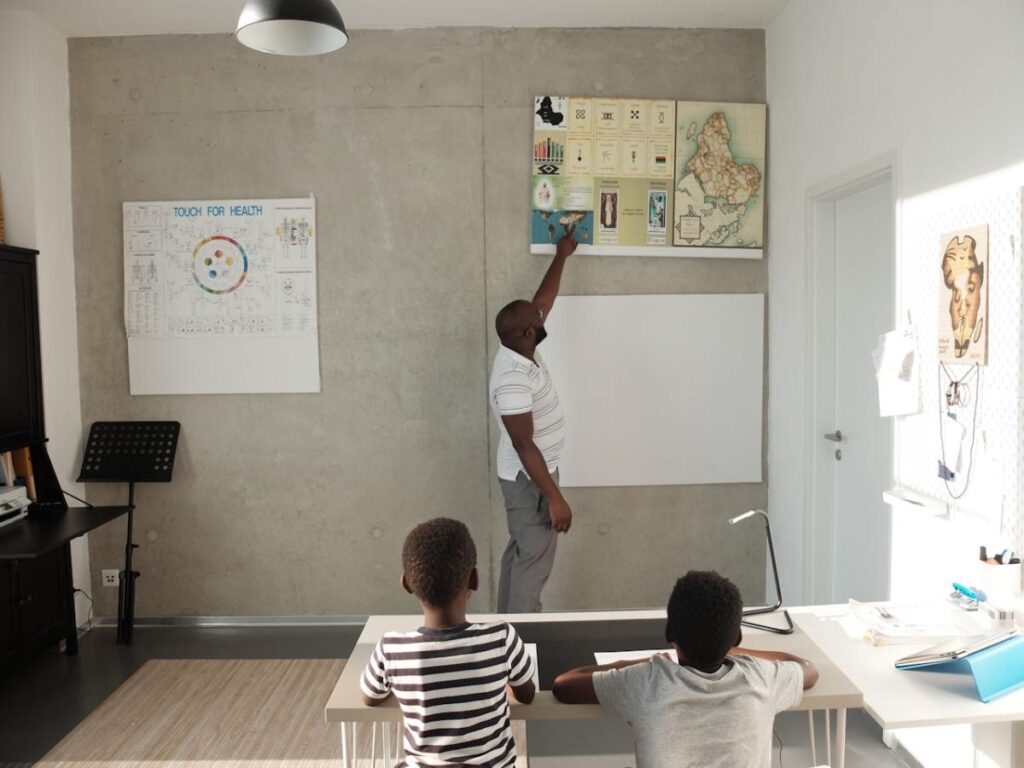Written by Aziya Syed,
word in black
In the world of education, this is an uncomfortable truth. The overwhelming majority of faculty members are white and female, especially in grades K-12. Statistics show that there are very few black males in elementary school classrooms.
At the same time, experts say research shows that black boys make up a disproportionate number of children assigned to special education classes, which are part of the school-to-prison pipeline. There is.
A new study finds that black elementary school students matched with black teachers are less likely to receive special education services.
The study, conducted jointly by researchers at the University of North Carolina and the University of California, Davis, sheds new light on the persistent problem of black students being misidentified as having learning disabilities or disciplinary problems. But it also highlights the need to hire more black male teachers, who make up just 1.3 percent of the nation's 3.8 million public school teachers.
Cassandra M.D. Hart, professor of education at the University of California, Davis, and lead author of the study, said, “Our findings extend the chain of evidence that access to Black teachers is important for the education of Black children. “This further strengthens the evidence.” “We have shown that access to Black teachers is most strongly influenced by types of special disability placements that depend precisely on teacher discretion and therefore the need for services is more questionable.”
The researchers based their study on data from North Carolina, which has a relatively high number of black teachers (about 15%, compared to 7% nationally).
At the same time, black students in the state participate in special education programs at higher rates, with 17 percent of black fifth graders in North Carolina receiving special education services, compared to 13 percent of white fifth graders. is.
The data is based on more than 540,000 observations of Black children and their teachers in grades 1-4 from 2008 to 2013.
The study said an analysis found that “Black students who were matched with Black teachers were less likely to be newly identified as having a disability.” This effect is particularly pronounced among economically disadvantaged black boys, the study found.
However, research shows that compared to white students, black students are far less likely to be taught by teachers who look like them.
This is a problem because the identification of students with special educational needs “generally relies on the discretion of teachers and administrators” rather than expert medical analysis, according to the study. “These obstacles are the most prone to subjectivity and can ultimately lead to misclassification.”
The importance of same-race teachers
Research shows that black teachers have higher expectations for black students, which are associated with higher academic achievement, higher test scores, increased attendance, and even high school graduation and college admissions among black students. Lack of representation has historically been a problem.
As innovative programs like the Black Educator Development Center and the Black Mothers Forum continue to recruit teachers and seek to change traditional classroom structures, research like this latest study can help educate more Black people. The need for teachers continues to be evident.
The need to examine how same-race teacher matching affects student placement is due, in part, to the lack of sufficient research on the gaps that arise between black students and other races. This is due to This includes differences in admissions to discretionary education settings such as gifted programs and special education services.
This study looks at the special education-to-prison pipeline and the foster care-to-prison pipeline (both of which stem from the fundamental structure of all school types) and helps Black students understand their experiences. The focus is on the need to receive instruction from teachers who are.
This article was originally published by Word In Black.


